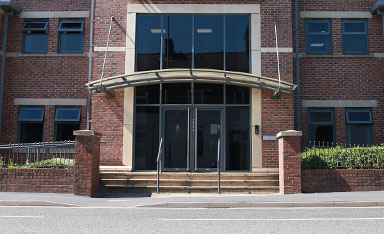When does the Debt Protocol apply?
The Debt Protocol applies to any business (including sole traders and public bodies) claiming payment of a debt from an individual (including a sole trader). However, it doesn’t apply to the following:
- Business-to-business debts (unless the debtor is a sole trader);
- Where the debt is covered by another pre-action protocol (for example, disputes arising in relation to construction and/or engineering and also mortgage arrears); and
- Where the debt is due to HMRC and relates to the recovery of taxes and duties.
What are the main provisions of the Debt Protocol?
Before Court action takes place, a creditor must send a Letter before Action to the debtor which includes the following key information:
- The amount of debt owed;
- Whether interest or any other charges are accruing on the debt;
- The basis on which the debt is due (i.e. whether by an oral or written agreement, when the agreement was made, what was agreed and the parties to the agreement etc); and
- Details of how the debt can be paid (including details of how to proceed if the debtor wishes to discuss payment options).
The letter should also be accompanied by adequate evidence in respect of the debt (which will differ depending on how the debt has arisen), as well as the Prescribed Information Sheet and Reply and Financial Statement forms annexed to the Debt Protocol.
The debtor will then have a prescribed period of time to complete and return the Information Sheet and Reply Form, request copies of any documents that they wish to see, and also to disclose copies of documents that they consider to be relevant to the dispute.
If a debtor indicates that he or she is taking legal advice when sending their Reply Form, then a creditor should allow a reasonable period of time before issuing court proceedings. A sensible additional period of time to allow would be 30 days.
When does the Debt Protocol apply?
The Debt Protocol applies to any business (including sole traders and public bodies) claiming payment of a debt from an individual (including a sole trader). However, it doesn’t apply to the following:
- Business-to-business debts (unless the debtor is a sole trader);
- Where the debt is covered by another pre-action protocol (for example, disputes arising in relation to construction and/or engineering and also mortgage arrears); and
- Where the debt is due to HMRC and relates to the recovery of taxes and duties.
What are the main provisions of the Debt Protocol?
Before Court action takes place, a creditor must send a Letter before Action to the debtor which includes the following key information:
- The amount of debt owed;
- Whether interest or any other charges are accruing on the debt;
- The basis on which the debt is due (i.e. whether by an oral or written agreement, when the agreement was made, what was agreed and the parties to the agreement etc); and
- Details of how the debt can be paid (including details of how to proceed if the debtor wishes to discuss payment options).
The letter should also be accompanied by adequate evidence in respect of the debt (which will differ depending on how the debt has arisen), as well as the Prescribed Information Sheet and Reply and Financial Statement forms annexed to the Debt Protocol.
The debtor will then have a prescribed period of time to complete and return the Information Sheet and Reply Form, request copies of any documents that they wish to see, and also to disclose copies of documents that they consider to be relevant to the dispute.
If a debtor indicates that he or she is taking legal advice when sending their Reply Form, then a creditor should allow a reasonable period of time before issuing court proceedings. A sensible additional period of time to allow would be 30 days.




